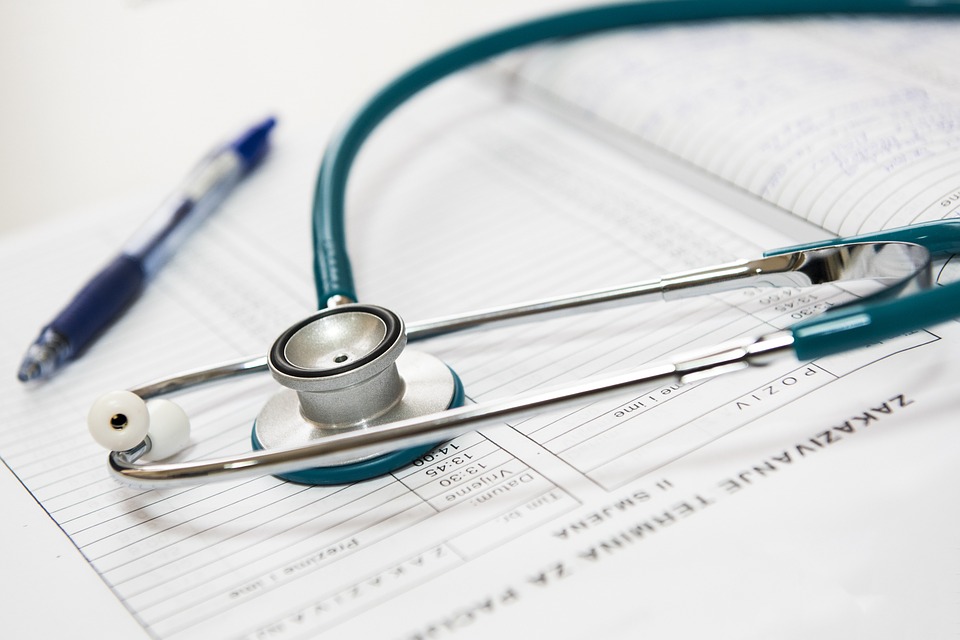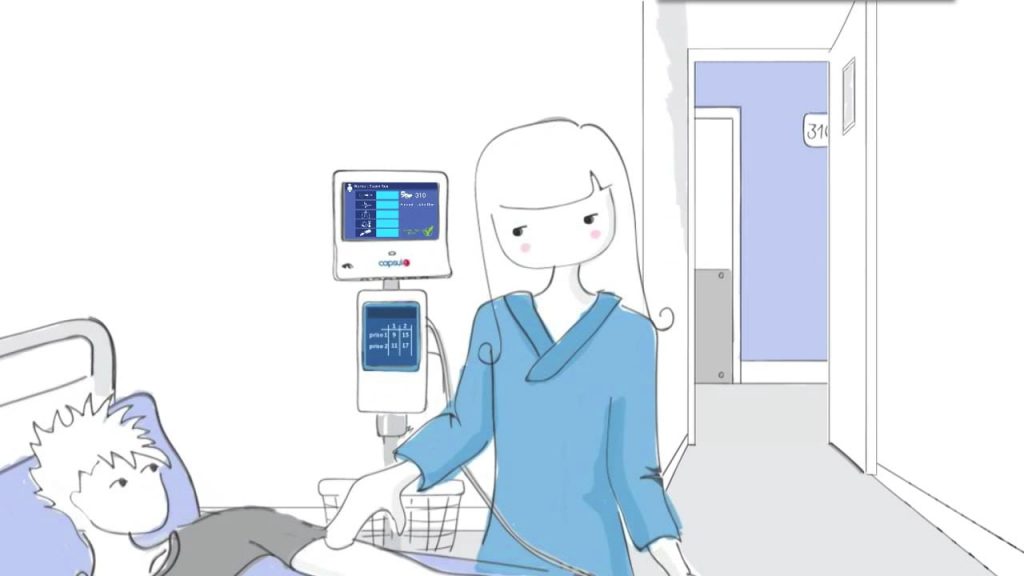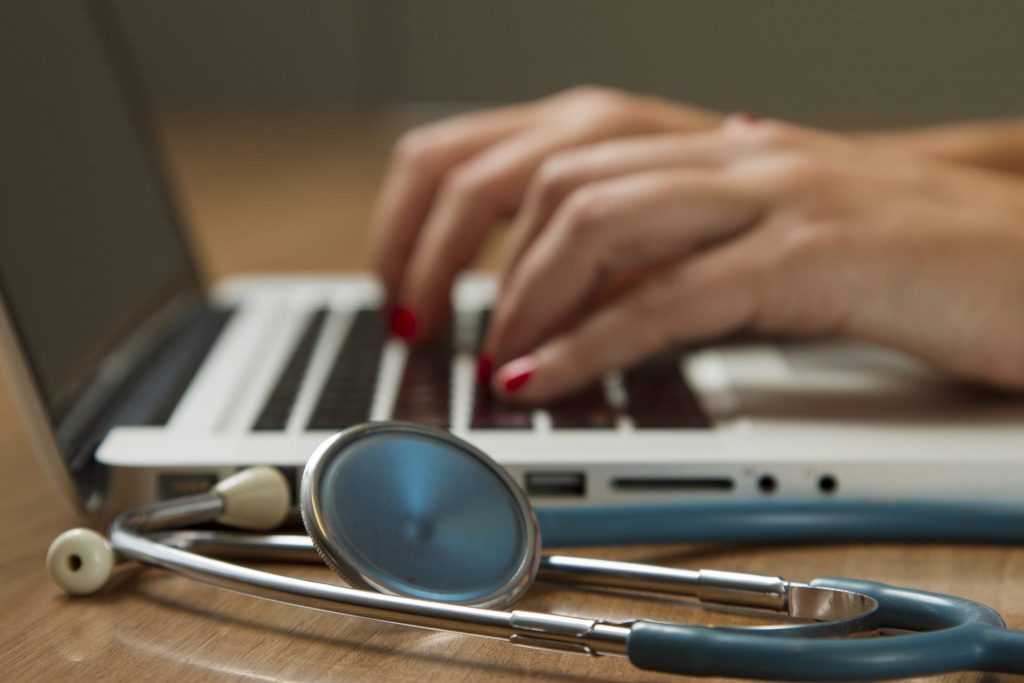The Internet of Things is bringing revolutionary changes to a wide array of sectors, but perhaps no industry has more potential to be transformed by IoT than health care. Numerous IoT-driven health-care applications, ranging from remote monitoring to medical-device integration with smart sensors, can have a beneficent effect on patient satisfaction and engagement. IoT and health care can also combine to improve the manner in which care is delivered. Although not without its own unique challenges, it will have a positive effect on most areas of the health-care industry. Let us look at a few ways in which IoT and health care together will lead to better outcomes for medical professionals and patients.
Inventory management

While hospitals are currently not using IoT for inventory management in the same manner as the retail industry, there is a lot of scope to do so. Currently, hospitals are trying to learn from retail about how they can deploy IoT tools and have them integrated with the enterprise resource planning (ERP) solutions on the backend. The biggest advantage would be in areas like warehousing and pharmacy.
Workflow optimization
With the price points of devices coming down rapidly combined with the increased reliability of wireless technology, IoT is soon expected to have a positively disruptive effect on the workflow optimization aspect of health care.
By tapping the wireless infrastructure and devices such as ID cards and wristbands, hospitals can better manage the workflow aspects at their locations. Not only will they be able to manage throughput better, IoT will also enable hospitals to understand where bottlenecks are impeding the workflow and then use that analysis to resolve the same bottlenecks rapidly.
Medical-device integration

Medical-device integration is happening more on the consumer end, and there is a reasonably high level of focus on how to use the data that is being captured by wearable devices like fit-bands. The key focus here is on how to use patient-provided data within the health care system for better delivery of care. There are several devices that would be able to capture vital data such as pressure cuffs, glucometers, and thermometers when operated as IoT devices.
It is highly likely that IoT will enable us collect the data in an increasingly automated fashion and apply some decision support-related rules that would permit earlier medical intervention on patients by the health care system.
There is, in particular, a tremendous opportunity to tap the information coming from in home health care devices given the fact that many of them are wireless already. There is also extraordinary potential in the integration of all such data into the medical records, which is expected to increase the ease of workflow and provide time and dollar savings, too.
Improving quality of care and operations
There are a number of ways in which IoT can dramatically improve the quality of medical care and operations. For instance, some hospitals are using IoT devices for security purposes. At such hospitals, newborns are provided with wristbands, permitting them to be located by a wireless network at any point in time. If a newborn is taken very close to an exit door without actually being registered as a sign out, exit doors will be locked and elevators will be stopped ,and hopefully not controlled by some madman named Howard Payne (from the movie “Speed”) but this is another subject.
Also, nurses can be provided critical alerts on smartphones related to the medical conditions of their patients in the neonatal ICU. This includes warnings such as oxygen changes and heart rates that enables nurses to get to the side of their patients more quickly.
IoT and health care: Unconventional applications

It is important to note that medical applications are not the only place where benefits of IoT can be applied. Many hospitals have bio-digester plants that compost the food wastes from the kitchen.
In pretty much an industrial sense, such plants can be monitored to ensure proper operation, to confirm that enough water is being used, and also to measure how much kitchen waste is passing through it at any point in time. Wireless sensors can be installed inside freezers, refrigerators, and laboratories to ensure that medication, blood samples, and other items are maintained at the proper temperatures.
The use of wireless sensors for such situations leads to great improvements in operational efficiency. The use of IoT-based devices also allows for faster updates for electronic records. For example, an order can be placed for an ECG, and once completed, it can be automatically saved to the archives. From here, the ECG report can be remotely viewed by medical staff and even compared against previous ECG reports.
Remote administration of medicines
IoT and health care can also make an impact with regards to the number of infusion pumps that are dispensing medication to patients. Doctors and nurses can, in an IoT-enabled setup, easily change and dispense medication automatically via a wireless network, rather than physically touching each pump to perform a load or make changes. This means that new formulations can be pushed out in a matter of minutes rather than half-hour or 45-minute time periods.
Some of the aspects that need to be taken into account include the protruding presence of WiFi signals between floors, interference from microwave ovens and elevators, and so forth. Other peculiarities to be worked around include the lead-lined rooms of radiology labs, which would not permit the transmission of wireless signals, and the fact that access points would need to be placed in hallways so as to not disturb patients or personnel at the time of repairs.
IoT and health care can lead to patient satisfaction
Another area in which IoT devices are making an impact is with regards to applications where patient satisfaction is significantly improved. At some hospitals, people going in for surgery are tagged with real-time location tracking badges that can monitor their progress as they move from the pre-op room to the operating room, and, later, to the recovery room.
Their path can be followed on a display in the waiting room by the patients near and dear. The display names are made into numbers in order to anonymize patients to comply with HIPAA legislation.
IoT’s potential in the health-care industry can be even more transformational than it is for other industries. IoT and health care together have the potential to completely transform the medical landscape in the years to come.
Photo credit: Wikimedia



